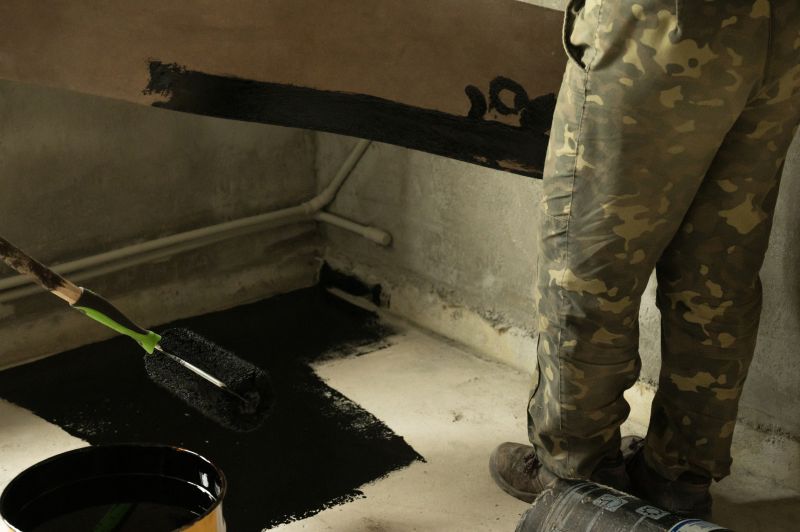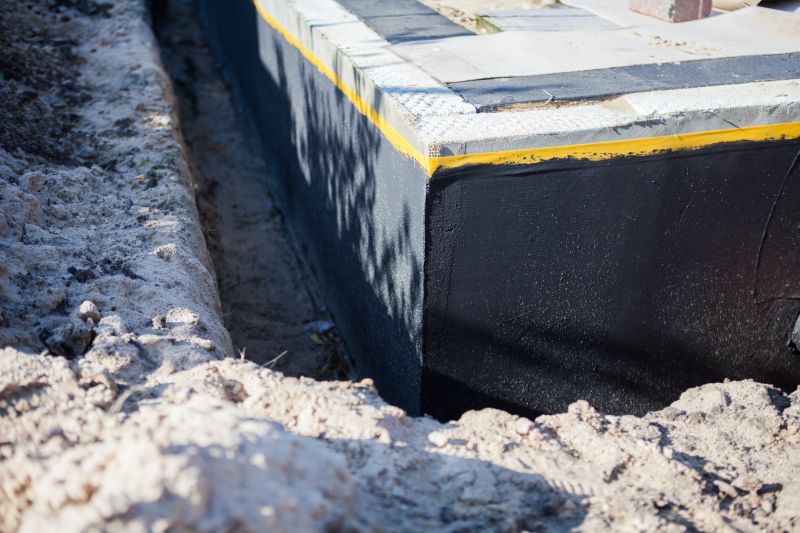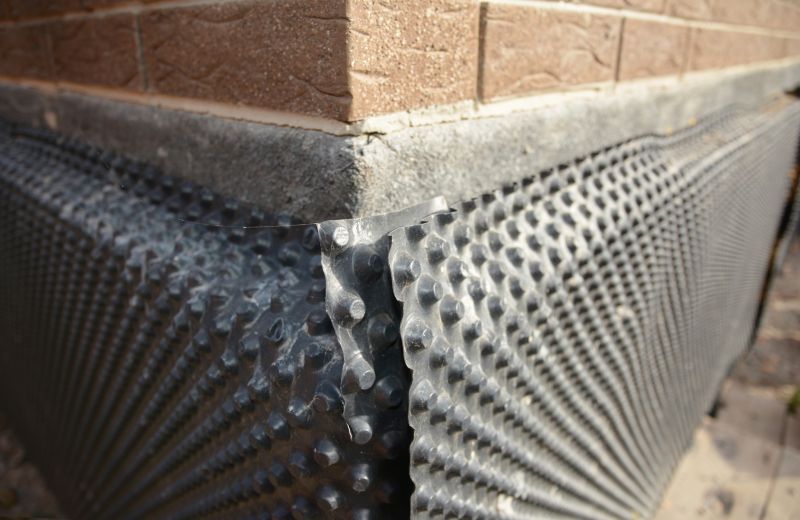Effective Waterproofing Solutions

Ways to make Waterproofings work in tight or awkward layouts.

Popular materials for Waterproofings and why they hold up over time.

Simple add-ons that improve Waterproofings without blowing the budget.

High-end options that actually feel worth it for Waterproofings.

Finishes and colors that play nicely with Waterproofings.

Little measurements that prevent headaches on Waterproofings day.
Waterproofing is a crucial process that prevents water intrusion and damage in structures. Proper waterproofing extends the lifespan of buildings, reduces maintenance costs, and protects interior spaces from water-related issues. It involves applying specialized materials to surfaces such as roofs, basements, and foundations to create a water-resistant barrier.
Statistics indicate that waterproofing can significantly decrease the risk of structural damage caused by water infiltration. For example, buildings with effective waterproofing systems experience fewer problems with mold, mildew, and deterioration. The timing of waterproofing application can influence its effectiveness, especially considering weather conditions and seasonal temperature variations.
Spring and fall are ideal for waterproofing projects due to moderate weather conditions and lower humidity levels.
Avoid waterproofing during extreme cold or heat, as materials may not cure properly, reducing their effectiveness.
Ensure surfaces are dry, clean, and free of debris before application to achieve optimal results.
Proper timing ensures durability, reduces the need for future repairs, and enhances building longevity.
| Season | Ideal Conditions |
|---|---|
| Spring | Moderate temperatures, low humidity |
| Summer | Avoid extreme heat, high humidity |
| Fall | Cool temperatures, dry weather |
| Winter | Not recommended due to freezing temperatures |
| Pre-Construction | Before building or renovation |
| Post-Construction | After initial settling and drying |

